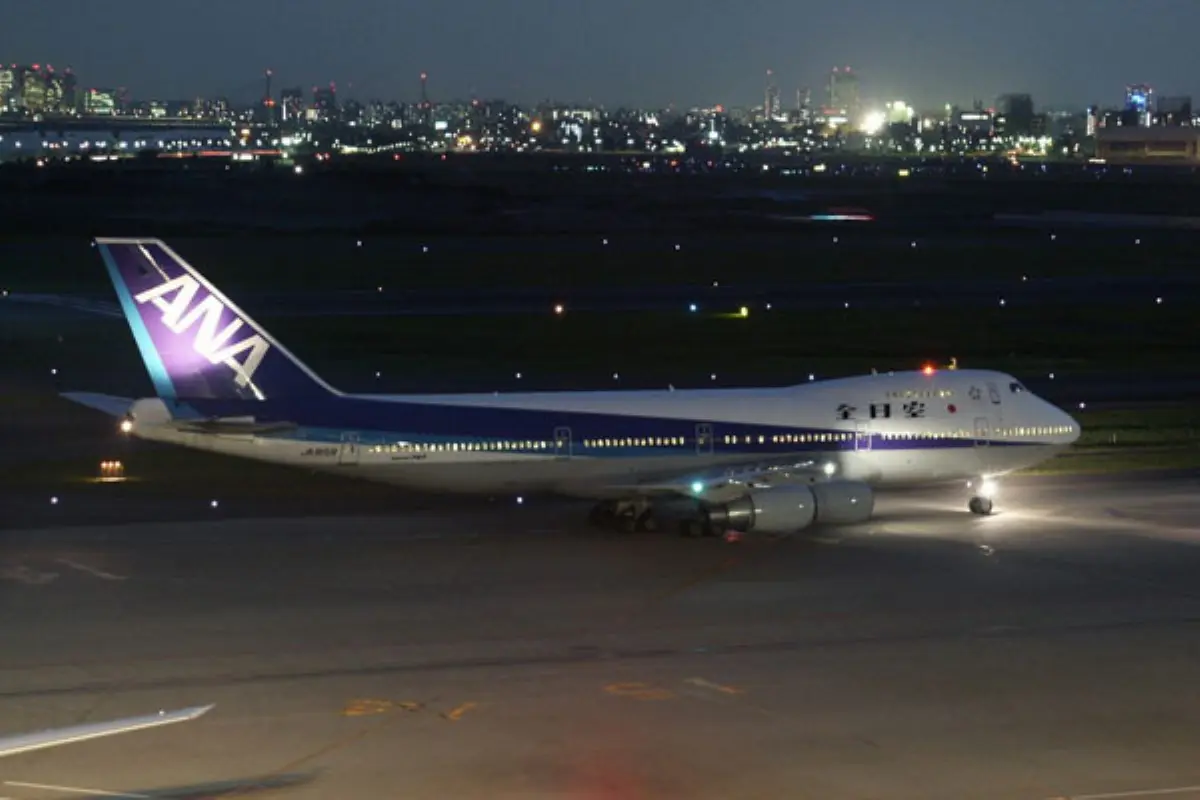
Apprehension at Tokyo-Haneda: B-737 ANA during takeoff damages runway lights and nose landing gear
Forced to turn back. Similar incident occurred to a B-737/800 aircraft of Jal in April

The incident occurred last night. Investigations into an alleged incorrect alignment during takeoff. Delays and disruptions to the airport's evening air traffic
A scheduled flight of the airline All Nippon Airways (ANA) was the subject of moments of apprehension last night at Tokyo-Haneda International Airport when a B-737 aircraft, registration JA65AN, about an hour after taking off from the Japanese airport, after having reversed course, landed again due to a suspected nose landing gear damage. The incident, which occurred during the final phase of takeoff, took place at 20:54 (local time).
The aircraft, in service since 2010, was operating flight ANA/NH639 destined for Iwakuni Airport. According to initial reconstructions and information from unofficial sources, the damage occurred when the aircraft struck runway lights during the takeoff roll from Haneda's runway 05. There were 174 people on board including passengers and crew. The airline and airport authorities have confirmed that no injuries were reported.
The commander of the Boeing 737, after assessing the (suspected) damage to the nose gear, decided not to proceed to Iwakuni and declared a turn-back and return to the departure aerodrome as a precautionary emergency. The aircraft was put into a holding pattern primarily to burn fuel and reduce weight below the maximum structural landing weight (essential for a safe landing with possible landing gear damage).
The landing took place on runway 34L of the airport. However, the extent of the damage that actually involved both tires of the forward landing gear prevented the aircraft from taxiing under its own power. Subsequent inspections revealed minor material damage to the aircraft. The impact with airport structures also caused damage to eighteen runway edge lights and two taxiway edge lights at the airport. At the time of the event, flight safety appears to have been partially compromised by the fact that the runway centerline lights were switched off for maintenance work.
Japanese civil aviation authorities have opened an investigation. ADS-B (Automatic Dependent Surveillance–Broadcast) system data suggest that the takeoff was conducted with the aircraft aligned to the left side of the runway, a factor that could have caused contact with the lights. Following the incident, runways 05 and 34L were temporarily closed to allow recovery operations for the aircraft and repair of the damaged lights, causing delays and disruption to evening air traffic. The investigators will also consider a similar episode that occurred on April 7 of this year, when another B-737/800 of JAL (registration JA322J) with 80 people on board lined up erroneously on the left side of the same runway 05 after entering from the same taxiway. At that time the event, which the JCAB (Japan Civil Aviation Bureau) decided not to classify as a serious incident, occurred one hour after sunset. At the time the centerline lights around intersection D2, from where the Boeing entered runway 05, were switched off for maintenance and only beyond D3 were lit.
AVIONEWS - World Aeronautical Press Agency